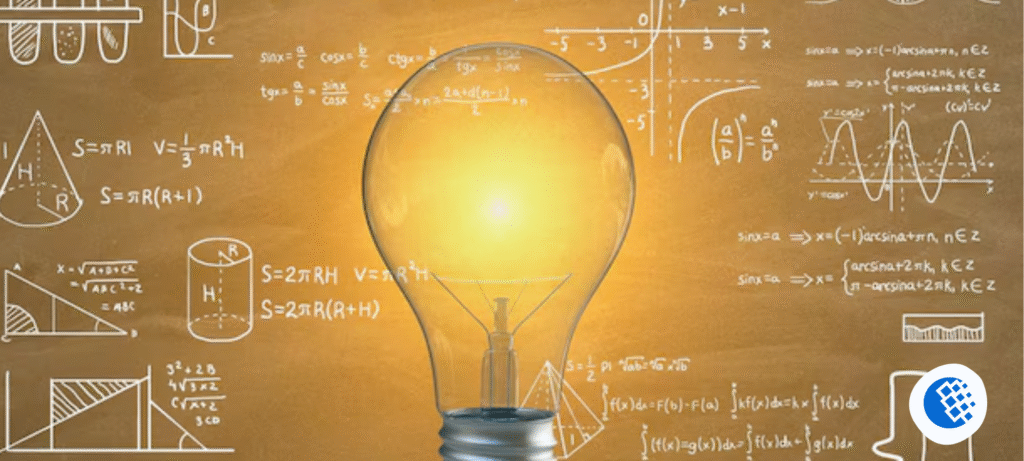Education has always adapted to new tools, from chalkboards to digital platforms, but the introduction of Large Language Models (LLMs) marks a turning point. These models are no longer confined to research labs.
They are entering classrooms, raising new questions about the roles of teachers, learners, and technology itself.
Just as a web app development company transforms abstract ideas into practical solutions, LLM-powered classrooms bring theoretical advances in artificial intelligence into the daily practices of education. But what exactly will this shift mean for teachers and learners?
The Emergence of LLMs in Education
Large Language Models, like GPT-based systems, can generate text, answer questions, and simulate conversations. Unlike earlier education software that followed rigid scripts, LLMs offer adaptability. They can respond to unique student queries, provide feedback in real time, and adjust tone or complexity based on age or proficiency.
For teachers, this opens opportunities and challenges simultaneously. On one hand, LLMs can offload repetitive tasks such as grading short answers or providing draft feedback.
On the other hand, they force educators to rethink their authority and role in a classroom where students might trust an algorithm as much as their instructor.
Teachers as Guides in AI-Driven Learning
A frequent misconception is that AI will replace teachers. In reality, LLMs function more like teaching assistants. They excel at delivering practice exercises, clarifying concepts, and even drafting personalized study plans.
But the nuance of teaching—knowing when a student needs encouragement, when to pause for reflection, or when to challenge assumptions—remains deeply human.
Teachers may shift from being sole content deliverers to facilitators who curate, interpret, and contextualize what AI provides. This adjustment will demand professional development and new training methods, but it also promises to reduce administrative burdens that often weigh educators down.
Learners and the Promise of Personalization
Students stand to gain the most from LLM-powered classrooms. These models can adapt content to match an individual’s learning style. A struggling student may receive step-by-step scaffolding, while an advanced learner might be challenged with higher-order questions.
The idea of personalization has existed for decades, but it has rarely scaled effectively. LLMs can change that by giving every learner access to instant, adaptive support.
Whether it is generating practice quizzes, rewriting explanations in simpler terms, or simulating a Socratic dialogue, LLMs make learning more interactive and responsive than static textbooks or prerecorded lectures.
Equity and Access
One of the biggest concerns is whether AI will widen or narrow the gap in educational equity. Schools with funding and infrastructure may be able to deploy sophisticated AI systems, while under-resourced communities risk being left behind.
Yet, LLMs are not inherently tied to expensive platforms. Many can be delivered through lightweight web or mobile applications. If developers and policymakers prioritize accessibility, these systems could provide affordable tutoring at scale.
This is where responsible investment and strategic partnerships become critical—without them, AI in classrooms could reproduce existing inequalities rather than reduce them.
The Teacher–AI Relationship
Teachers will need to build new relationships not only with their students but with AI itself. Some may see it as a partner, others as an intrusion.
The truth will likely fall in between. Just as calculators shifted math instruction away from rote arithmetic toward problem-solving, LLMs may push teaching away from memorization and toward reasoning, synthesis, and critical thinking.
To thrive in this environment, educators must learn to trust AI for routine tasks while retaining ownership of higher-level decision-making. Their professional judgment remains the compass for when to rely on technology and when to intervene personally.
Assessment and Feedback in LLM Classrooms
Assessment is one of the most promising areas for LLMs. Traditional grading systems often reduce feedback to numbers or short remarks. LLMs, by contrast, can generate detailed, context-sensitive responses. A student essay could receive suggestions on structure, clarity, and argument quality rather than just a grade.
However, overreliance on AI for assessment raises risks. Models sometimes produce errors or biased outputs. If schools adopt them blindly, students might internalize misleading feedback. Safeguards, such as human review and transparent AI policies, are essential.
Shifting Student Skills
Students in LLM-powered classrooms will also need to develop new skills. Prompt literacy—knowing how to phrase questions effectively—will become as important as writing essays or solving equations.
Critical AI literacy will also be vital: learners must learn to question AI outputs, identify inaccuracies, and weigh algorithmic responses against human knowledge.
Instead of producing passive consumers of information, classrooms should nurture students who can use AI responsibly, creatively, and critically. This will require updated curricula that treat AI as a tool to be mastered, not a replacement for thinking.
Ethics and Responsibility
Any discussion of AI in education must address ethics. LLMs are trained on vast datasets that include biases. Without safeguards, they may reinforce stereotypes, exclude perspectives, or generate harmful content. Schools cannot ignore these risks.
Education software development services from renowned companies are already working on ways to improve transparency and reduce bias. But responsibility also lies with teachers and administrators, who must understand both the possibilities and the limitations of these systems.
Clear guidelines, student protections, and data privacy safeguards must be established before wide adoption.
The Role of Policy and Governance
Governments and education boards will have to move quickly. They face questions about accreditation, intellectual property, and student data rights. Should AI-generated assignments be graded the same way as student-authored work? How should schools handle plagiarism in an age when generative text is easily accessible?
Policies must keep pace with practice. Without them, teachers may feel unprotected, students may feel confused, and parents may lose trust in education systems experimenting with AI.
Early, transparent conversations between policymakers, educators, and technologists are crucial to set boundaries and expectations.
Teacher Training for the AI Era
Professional development must adapt. Teachers cannot be expected to integrate AI into classrooms without preparation. Training should cover:
- How LLMs work and what their limitations are.
- Strategies for integrating AI into lesson plans.
- Ethical considerations and data privacy awareness.
- Methods for balancing AI support with human interaction.
By equipping educators with these skills, schools can avoid both extremes: blind adoption of AI or outright resistance.
Long-Term Implications
Looking ahead, the influence of LLMs will be profound. They may eventually power multilingual classrooms where students learn in their preferred language. They might enable real-time translation during discussions, or generate adaptive curricula for students with special needs.
At the same time, there is a risk that overdependence on AI could weaken essential human-to-human learning experiences.
Classrooms are more than knowledge-delivery spaces—they are social ecosystems where learners build empathy, resilience, and collaboration. Teachers will need to protect these dimensions even as AI reshapes content delivery.
Conclusion
LLM-powered classrooms are not a distant vision. They are already being piloted in schools and universities worldwide. Their potential is vast: more personalized learning, reduced teacher workloads, and more interactive assessment. But the risks—bias, inequity, overreliance—are equally real.
Teachers and learners stand at a crossroads. LLMs will not replace human connection, but they will redefine it. The challenge ahead lies in building systems where AI amplifies the strengths of teachers rather than displacing them, and where learners grow not just in knowledge but in judgment, creativity, and resilience.
If handled responsibly, LLM-powered classrooms could represent one of the most significant shifts in education since the printing press.
And the decisions we make today will determine whether that shift empowers both teachers and learners, or leaves them struggling to adapt to technologies they never chose.





